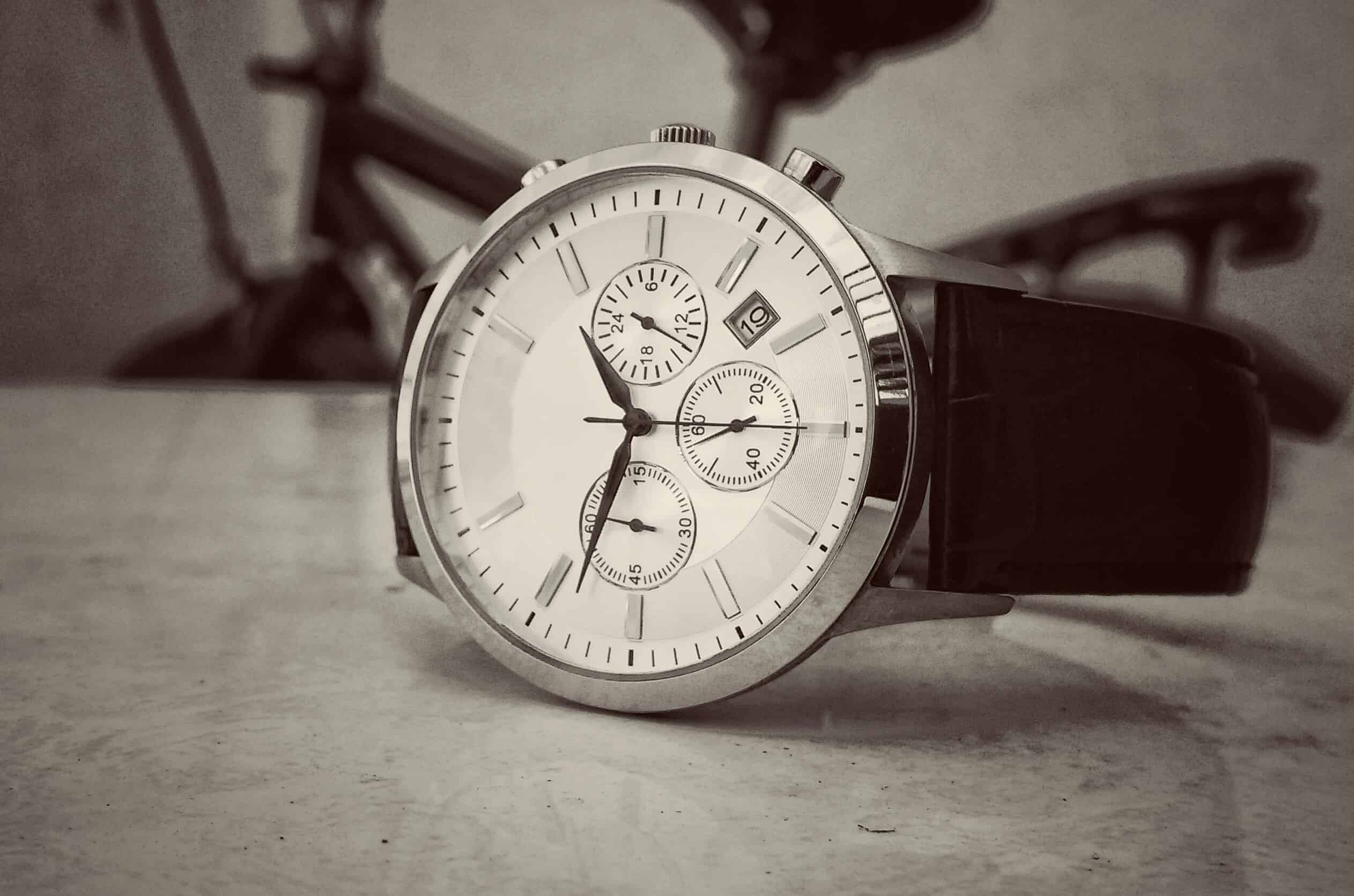
A Practical Guide to Extending the Lifespan of Your Automatic Watch
Introduction
Automatic watches operate on a self-winding mechanism, harnessing the wearer’s motion to wind the mainspring and power the timekeeping functions. To appreciate their beauty and functionality, it’s crucial to understand the significance of maintaining these intricate timepieces. Proper care not only preserves their aesthetic appeal but also extends their lifespan.

© Jatin Anand / Pexels
Daily Wear and Care
Wearing Habits
Wearing your automatic watch regularly is vital for maintaining its power reserve. The motion of your wrist keeps the mainspring wound, ensuring the watch remains operational. Consistent wear also reduces the need for manual winding and helps prevent lubricants from drying out.
Avoiding Damage
Handle your automatic watch with care to avoid shocks, drops, and excessive impact. These can disrupt the delicate internal components. Additionally, be cautious of magnetic fields, which can interfere with the movement and accuracy of the watch. It’s advisable to keep your watch away from electronic devices and magnets.
Cleaning
Regular cleaning is essential to preserve the aesthetic appeal of your automatic watch. Use appropriate materials to clean the case, bracelet, and crystal, ensuring they remain free from dirt and smudges. For watches with leather straps, follow manufacturer guidelines for cleaning to prevent damage and maintain their appearance.

© Anuj Bansal / Pexels
Long-Term Care
Proper Storage
If you have multiple watches or don’t wear your automatic watch regularly, consider using a watch winder. This device mimics wrist movement, keeping the watch wound and ready to wear. When not in use, store your watch in a cool, dry place, avoiding extreme temperatures and moisture that could damage the internal components.
Professional Servicing
Regular servicing by a qualified watchmaker is paramount for the health of your automatic watch. Professionals can detect and address potential issues, ensuring the longevity and accuracy of the timepiece. Typically, watches should undergo professional servicing every 3–5 years, depending on usage and manufacturer recommendations.

© Castorly Stock / Pexels
Setting and Adjusting Your Automatic Watch
Setting the Time and Date
When setting your watch, be cautious and follow safe timeframes to avoid damaging the delicate mechanism. Take note of the manufacturer’s instructions for adjusting the date to prevent unnecessary stress on the movement.
Power Reserve Considerations
Understanding your watch’s power reserve is crucial. Some automatic watches may have limited power reserves, so it’s essential to wind them when necessary. Regular winding ensures the watch remains operational and maintains accurate timekeeping.
Conclusion
In conclusion, proper maintenance is the key to enjoying your automatic watch for years to come. By incorporating daily wear and care habits, long-term storage considerations, professional servicing, and careful setting and adjustment practices, you can preserve the beauty and functionality of your timepiece. Embrace the art of horology and let your automatic watch stand the test of time.
Key Takeaways
- Wearing Habits
- Regular wear maintains the power reserve, reducing the need for manual winding.
- Avoiding Damage
- Handle your watch with care to prevent shocks, drops, and magnetic interference.
- Cleaning
- Regularly clean using appropriate materials to preserve aesthetic appeal. Follow the guidelines for leather straps.
- Proper Storage
- Consider a watch winder and store it in a cool, dry place to prevent damage.
- Professional Servicing
- Schedule servicing every 3–5 years for longevity and accuracy.
- Setting and Adjusting
- Follow safe timeframes and manufacturer instructions to avoid damage.
- Power Reserve
- Understand and maintain regular winding for operational functionality.
- Conclusion
- Prioritize proper maintenance for lasting beauty and functionality.
FAQs (Frequently Asked Questions)
How often should I wear my automatic watch?
Regular wear is recommended to maintain the power reserve and reduce the need for manual winding. It also prevents lubricants from drying out.
How can I prevent damage to my automatic watch?
Handle your watch with care to avoid shocks, drops, and magnetic interference. Keep it away from electronic devices and magnets to protect delicate internal components.
Can I clean my automatic watch at home?
Yes, regular cleaning is essential. Use appropriate materials to clean the case, bracelet, and crystal. Follow manufacturer guidelines, especially for leather straps, to prevent damage.
How should I store my automatic watch when it is not in use?
Consider using a watch winder if you don’t wear your watch regularly. Store it in a cool, dry place, away from extreme temperatures and moisture.
How often should I service my automatic watch?
Professional servicing every 3-5 years by a qualified watchmaker is recommended to ensure longevity and accuracy. However, service intervals may vary depending on usage and manufacturer recommendations.
Discover the intricate craftsmanship behind classic timepieces and how they stand the test of time against contemporary styles.




